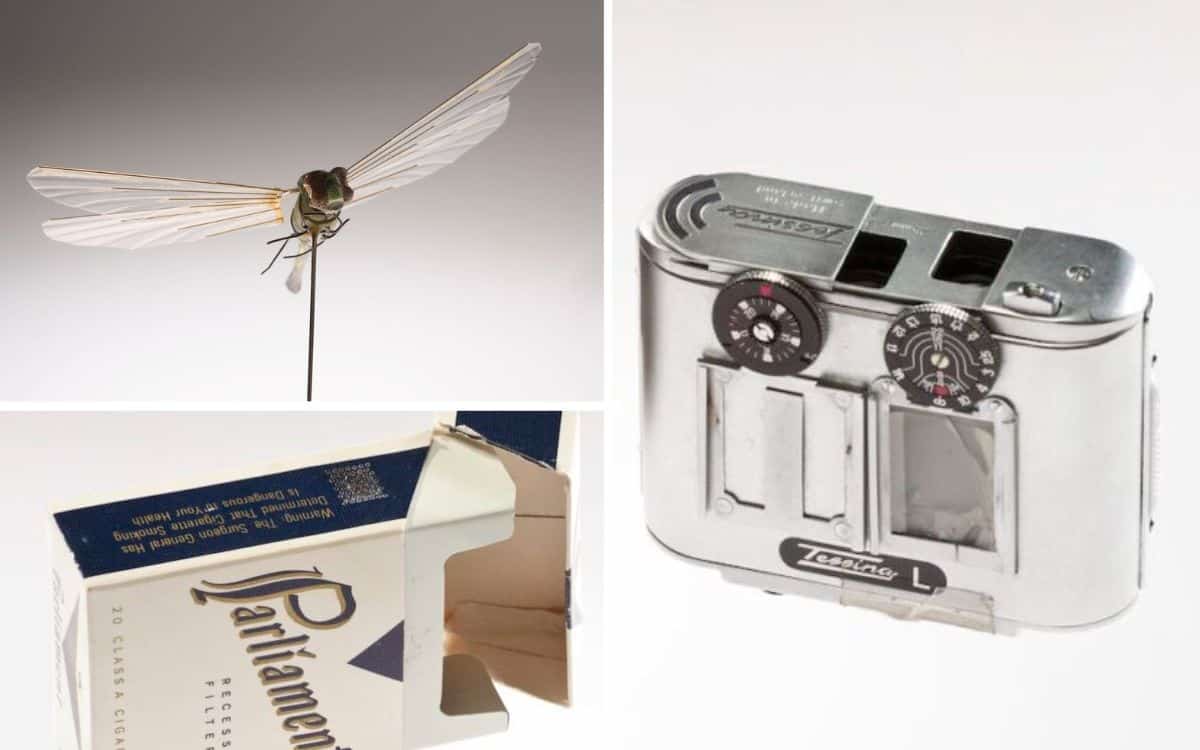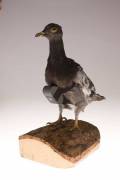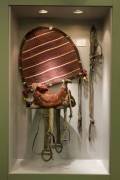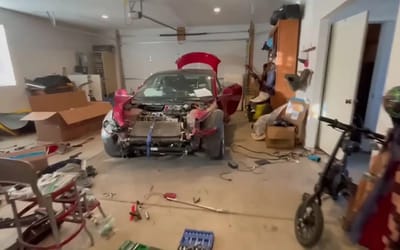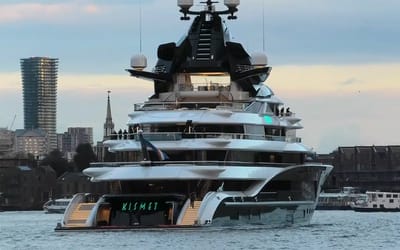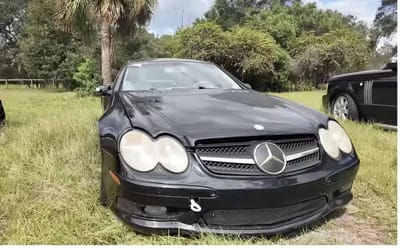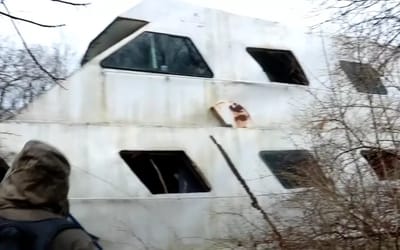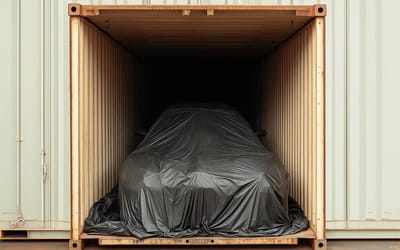Inside the top secret CIA Museum that only spies can visit
Published on Sep 26, 2022 at 12:58 PM (UTC+4)
by Patrick Jackson
Last updated on Sep 26, 2022 at 12:58 PM (UTC+4)
Edited by
Kate Bain
It’s unlikely you will ever step foot inside this top-secret CIA Museum, but today we’re giving you a glimpse.
Located at the George Bush Center for Intelligence in Langley, Virginia, this museum looks just like any other from the outside.
However, it’s off-limits to the general public; only CIA staff and very special guests are able to visit.
READ MORE: NASA’s Perseverance rover is close to finding life on Mars
Its collection consists of around 3500 items, including a vast array of clever tools and military artefacts.
Among the most fascinating are a host of Cold War spy gadgets.
They include a camera fitted to a pigeon and a tiny camera that fits inside a cigarette packet.
There are also unmanned robotic animals used for spying as well, ranging from a fish named ‘Charlie’ to a tiny insect that was made all the way back in the 1970s.
Scale models and artworks of important military aircraft also feature in the massive collection.
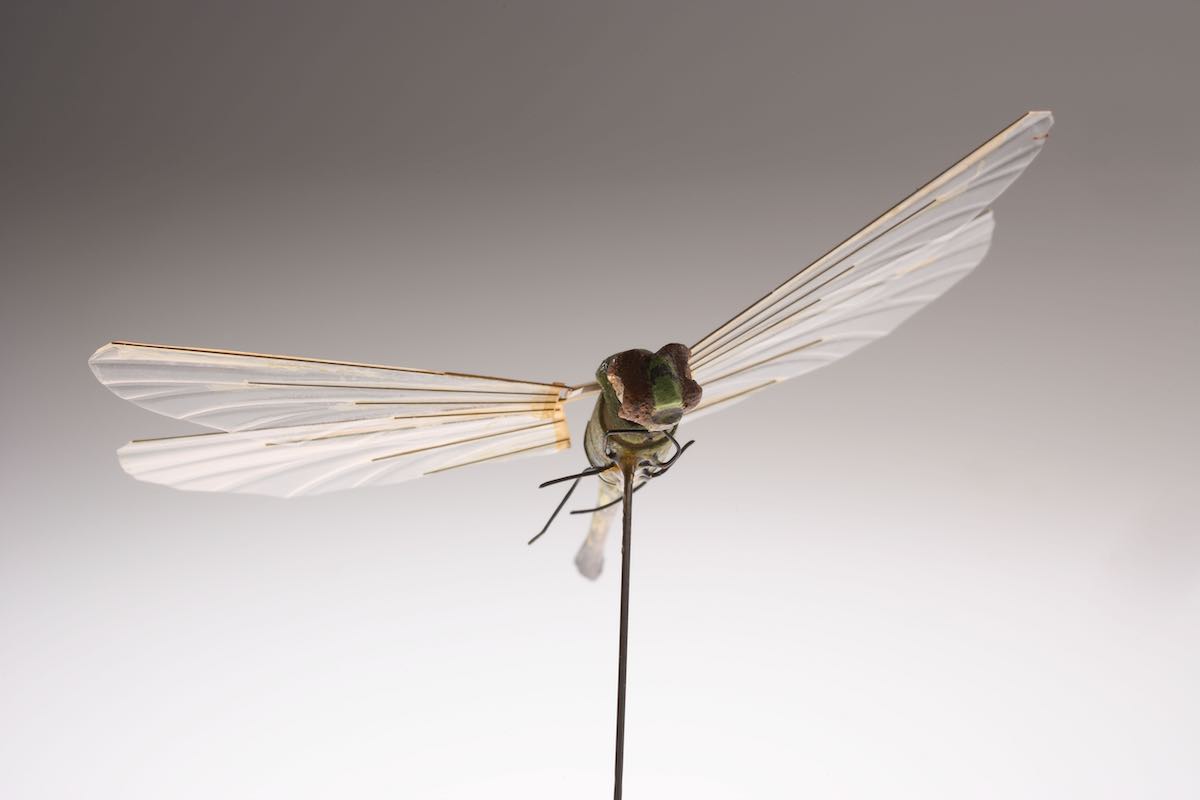
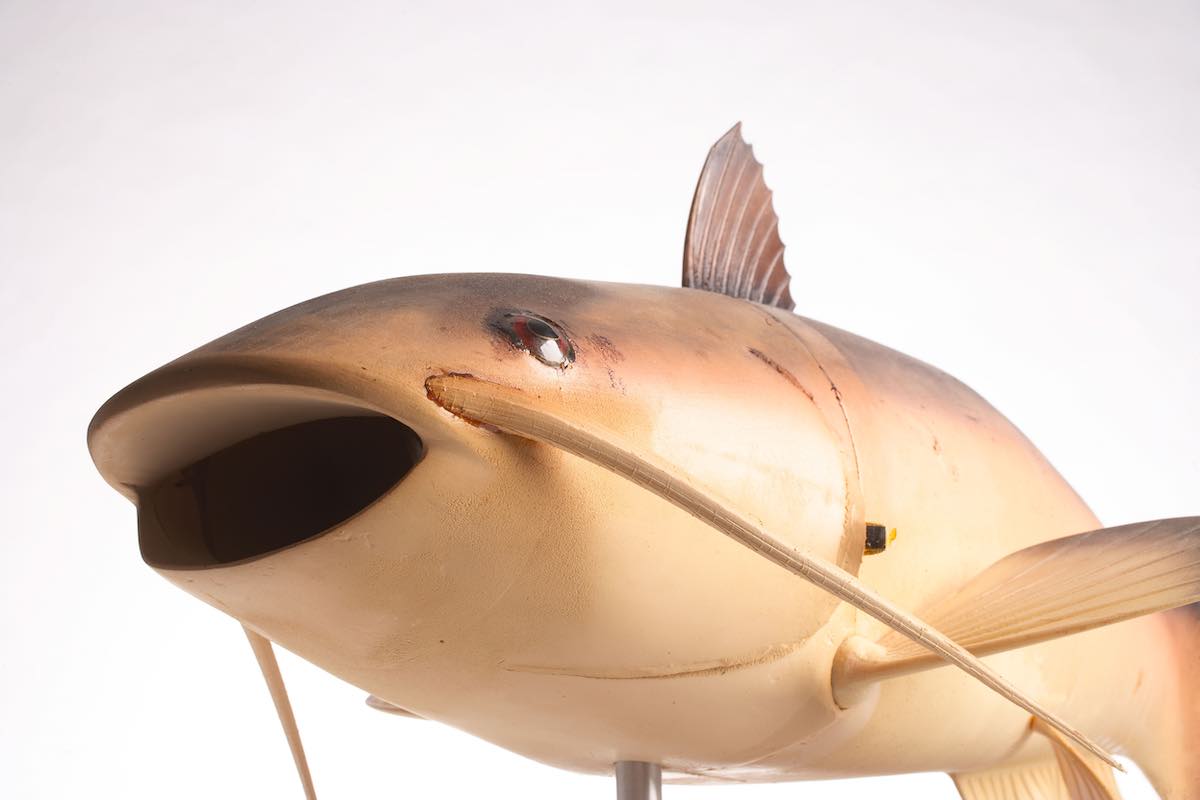
Of course, there are more recent CIA artefacts on display as well.
That includes a model of the compound in which Osama bin Laden was found in Pakistan.
This model was shown to President Barack Obama while planning and approving the successful raid of it in 2011.
CHECK THIS OUT!
The newest addition to the museum – declassified in July 2022 – was a similar model shown to President Joe Biden ahead of a drone strike on another such compound.
From the entrance of the museum, the first half of it works chronologically from the Central Intelligence Agency’s founding in 1947 during the Cold War.
However, a clear pivot in the CIA’s duties from spy work to counter-terrorism is noticed following the September 11 attacks in New York in 2001.
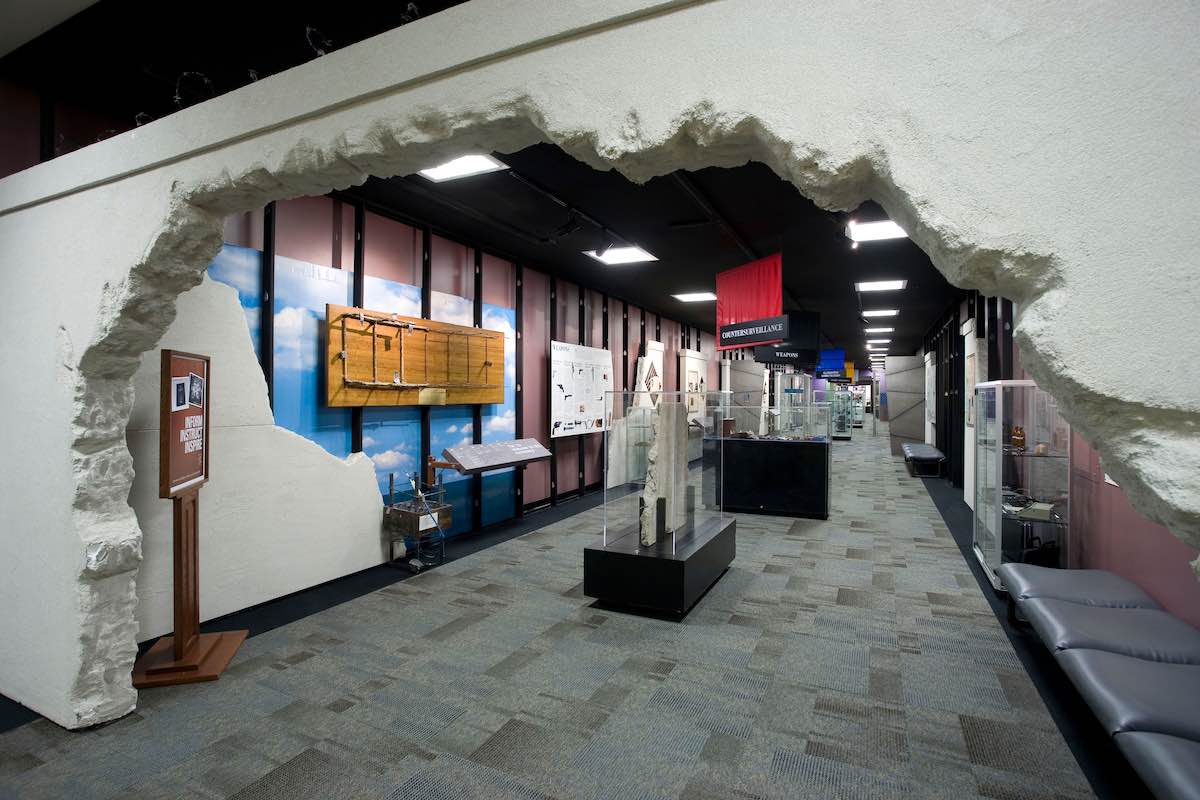
The second half of the museum focuses on specific operations.
This includes an operation in the 1960s to recover a Soviet submarine and the technology from it.
The operation is still so heavily classified, it birthed the infamous phrase “we can neither confirm nor deny”.
With the CIA Museum having recently been renovated, there are plans to share more images of it and the declassified items in its collection on social media.
Part of that will include sharing images of the museum’s ceiling which has various codes painted on it for its limited guests to unscramble.
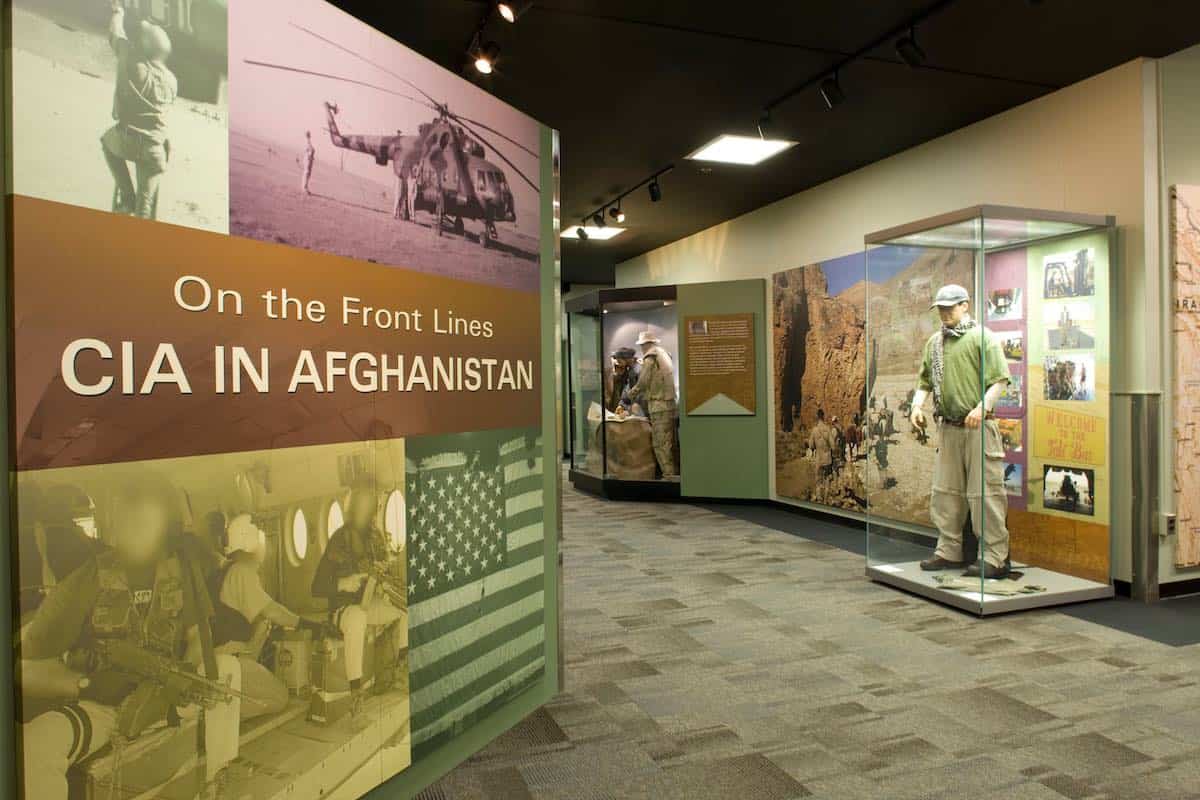
DISCOVER SBX CARS: The global premium car auction platform powered by Supercar Blondie

A car zealot from a young age, Patrick has put his childhood spent obsessing over motoring magazines and TV shows to good use over the past six years as a journalist. Fuelled by premium octane coffee, he’s contributed to Finder, DriveTribe, WhichCar, Vehicle History and Drive Section.
